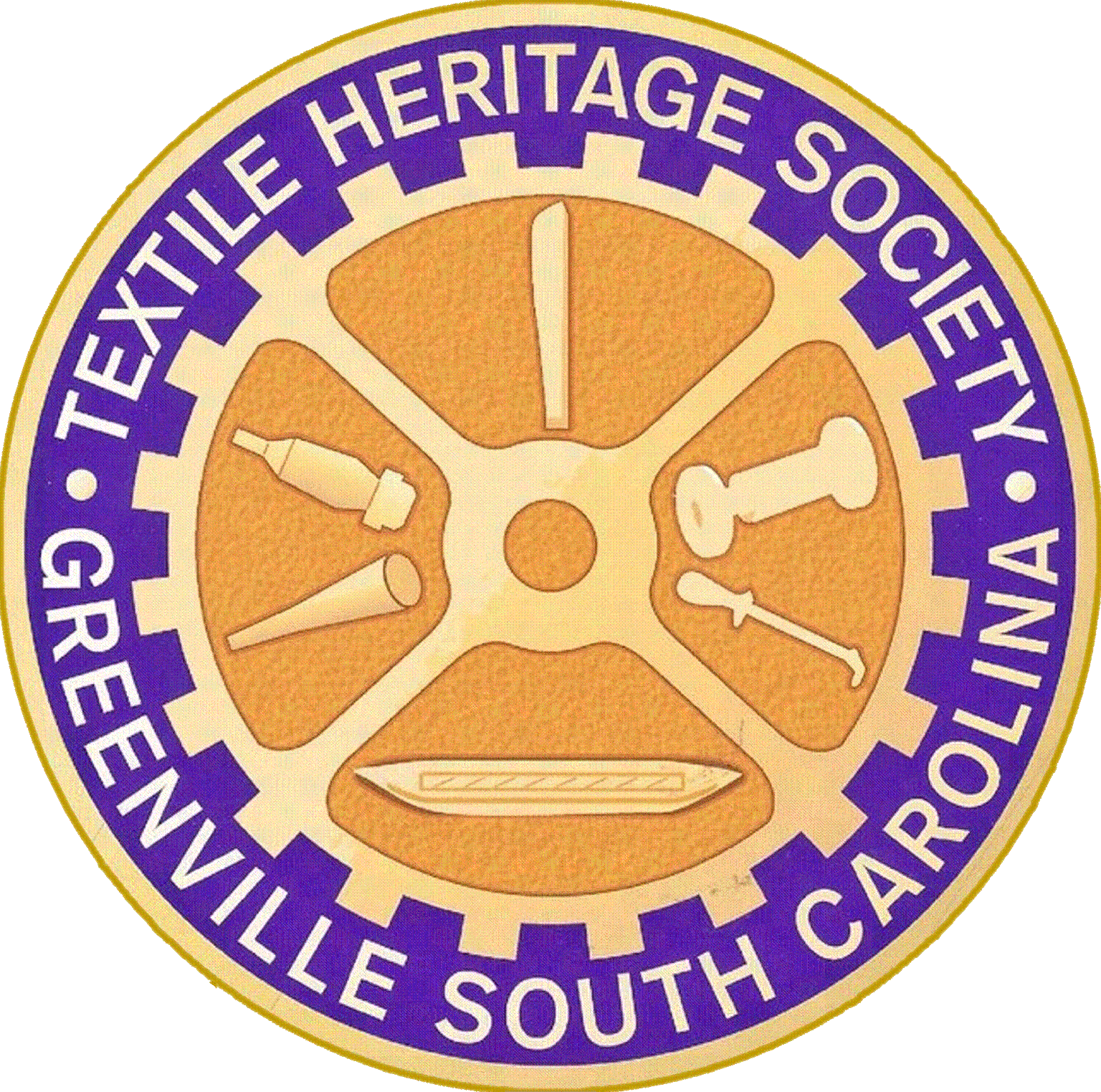During the early years of the last centry, textile plants like: F.W. Poe, Mills Mill, Camperdown, Monaghan, Brandon, Judson, Union Bleachery, Poinsett. Dunean and American Spinning employed over 5,000 people who lived primarilly on each mill’s rerspective village. The mills attracted its employees from the poor living conditions on farms and in the mountains of the southeastern region of the United States. To attract and keep these workers the mills instituted welfare initiatives which included recreation, socialization and education.
Oscar H. Sampson of Sampson Hall & Co was a Boston selling agent for various textile mills, and he had been one of the founders of Camperdown Mill. Therefore, he knew Greenville and its cotton men. Late in 1891, Sampson purchased more than a hundred acres of farmland extending from Buncombe Road east past Langston Creek and the Southern Railway tracks from the estate of Henry P. Hammett, the former president of Piedmont and Camperdown Mills. Sampson having realized the advantage of manufacturing in the South, enlisted the aide of some of his Boston friends and under the name of O.H. Sampson & Company of Boston, Mass started what was then called the Sampson Mill.
Sampson planned a mill capitalized at $123,00, but money raising in Boston was very difficult, especiallly after the panic of 1893 began. Needing local managers with cash to invest, he turned to James Orr, Hammett’s executor, who had replaced his father-in-law as head of Piedmont and Camperdown, and to Orr’s brother-in-law, James Morgan, a successful local merchant.
Early in 1894 Sampson Mill was announced and a year later, in September 1895, operations began. Incorporated that summer as American Spinning Company, its officers were Samson, Orr, Jacob Cagle, with Moragan as president.
The original building was a two story wooden building that was later known as the “Little Mill”. While under the direction of Mr. Sampson and his associates the mill grew, adding four extensions, several warehouses and tenements (rental houses). The town, as we knew it, was built in three villages and built at three different times.
The mill continued its operation until midnight on June 27th, 1990 when the doors closed and American Spinning ceased to operate. The mill still stands today (Dec. 2009) owned by Mr. Larry Rochester who has various businesses occupying the main building and the adjactent warehouses.
